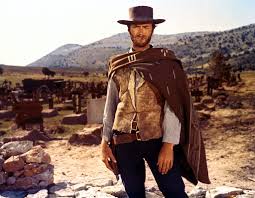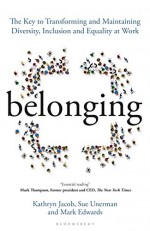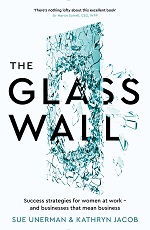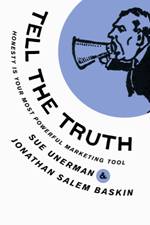 What were Disney T-shirts manufacturers thinking when they produced girls Avengers Assemble T-shirts with the logo “I need a hero” and boys T’s with the logo “Be a hero”?
What were Disney T-shirts manufacturers thinking when they produced girls Avengers Assemble T-shirts with the logo “I need a hero” and boys T’s with the logo “Be a hero”?
Did they reference the 4000 years of patriarchy ways of working handbook ?
And what was John Inverdale thinking with his comments about Marion Bartoli ? I can’t help thinking that the other story around that story (as opposed to the casual sexism of the remark itself) is that no-one would have much cared if Inverdale had commented that Andy Murray wouldn’t have had much of a career as a catwalk model… least of all Murray. The furore around the story is as much of a sexism story as the sexism itself.
Meanwhile just look at Bartoli when she warms up. Amazing stuff. Fast, dogged, incessant. Whatever was on Inverdale’s mind (and who knows) the training that Bartoli undertakes is extraordinary to say the least. Here she is using bungee cords to make the work out harder than it could ever be in reality.
It’s interesting when you consider the training we put people through in media. It tends to be of technique and skills and perhaps team work. Is there a role for extreme meeting training where everything that could possibly be thrown at you is to see if you’ve got championship potential ? Or pitch practice where everything that could go wrong does. Some would say that we do this at MediaCom with our now legendary Real World Pitching annual contest but Bartoli’s example would take it to a whole new level.
Meanwhile the Avengers Iron Man may be wearing a Bartoli t-shirt in his Manhattan penthouse this week.





What would best (insert name here) do ?
Friday, July 26th, 2013She brought the house down. Partly due to her frankness and partly due to her spiky yet charming dismissal of any questions she didn’t want to answer.
For example when asked what had inspired her to start her own business she didn’t hesitate to reply that she done it because her boyfriend needed money.
This is less inspirational and more pragmatic. She did come to inspire the audience though and set out to ask everyone to resist instant gratification and being “stuck in the present” with no historical perspective.
Westwood wants us all to stop and think about our culture, about “the pursuit of our perfection“. According to Westwood we all have an inner “best self” and this, not authority figures nor celebrities, nor conforming to the norm should be the one to guide us.
It’s a great thought. We all indeed know the difference between our best self and our ordinary self. The former can rise above our prejudices and look at the bigger, best, picture.
Look to your best self for your next decision. Ask “what would best (insert your name here) do?”
Posted in MediaComment | No Comments »